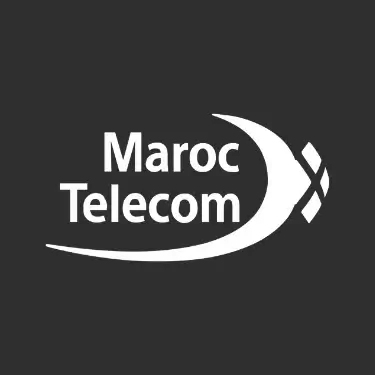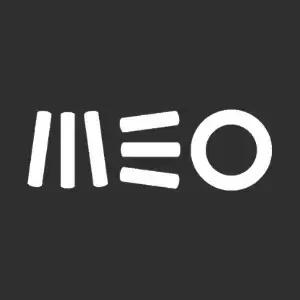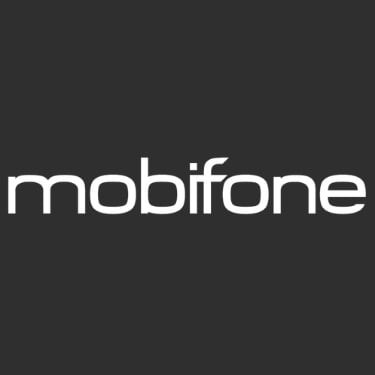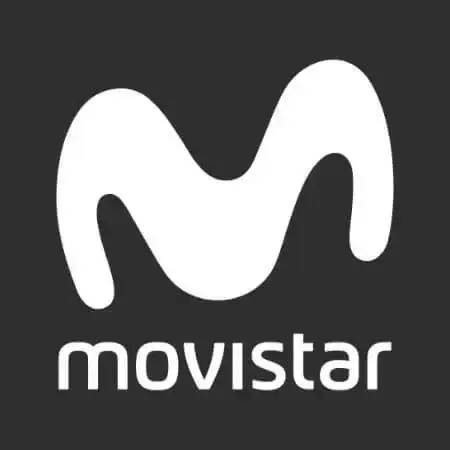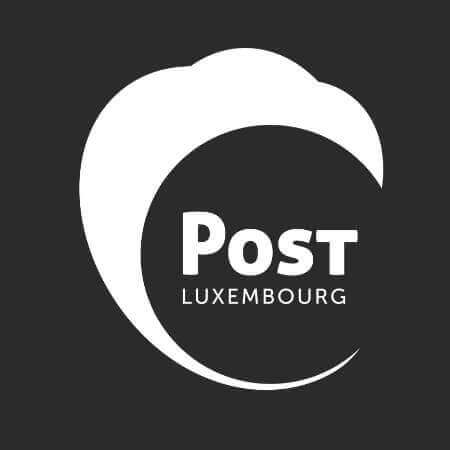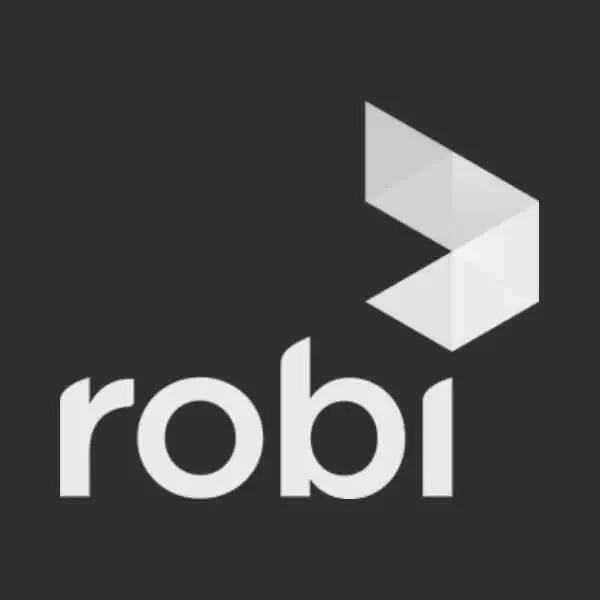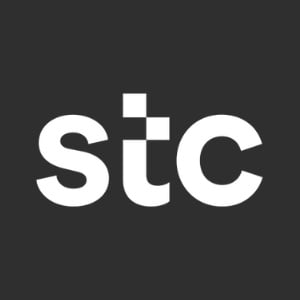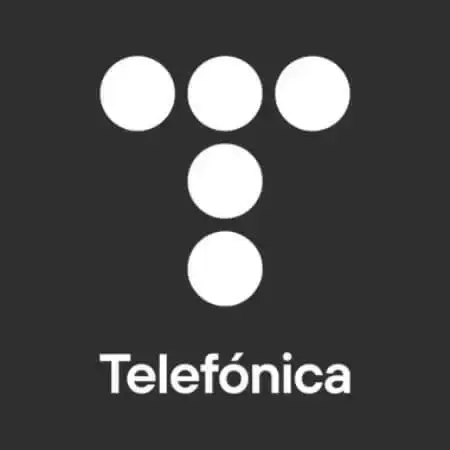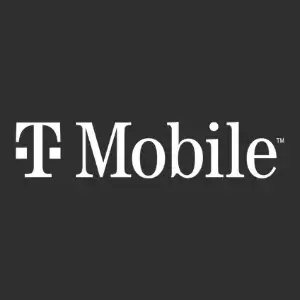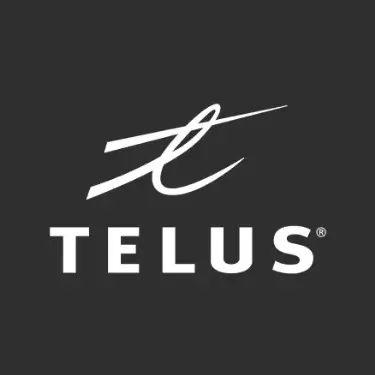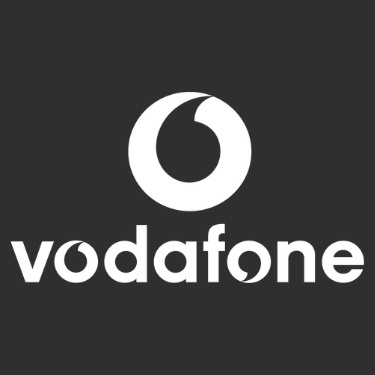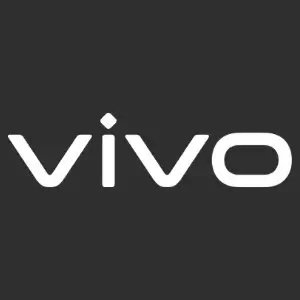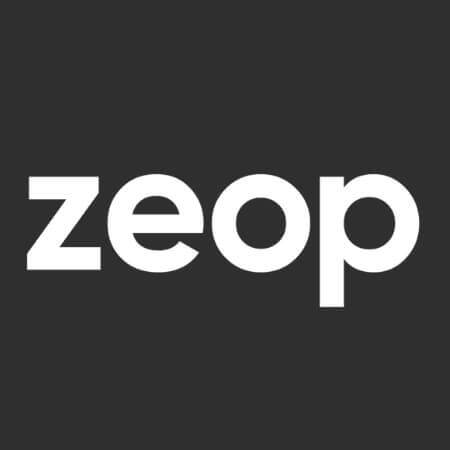Intersec in the press: Telecompaper - The metadata advantage
 Intersec in the press: Telecompaper - The metadata advantage" />
Intersec in the press: Telecompaper - The metadata advantage" />
Enhancing Telecoms' Worth: The Metadata Advantage
Drivers for changes in the Telco Ecosystem
Compliance: Communication Service Providers (CSPs) are subject to a range of public safety regulations governing data privacy, mission-critical communications, and location provisioning for:
- Emergency response: On December 16, 2022, the European Commission published a directive requiring competent regulatory authorities to establish, by 5 March 2024, the caller location accuracy and reliability criteria to be met through network-based and handset-derived technologies, to bridge the gap for Advanced Mobile Location (AML) corner cases.
- Public warning: Article 110 of the European Electronic Communications Code (EECC) requires public authorities to deploy public warning systems based on telecommunications networks, using cell broadcast and/or location-based SMS technologies, to send geotargeted warning messages with the nature of the emergency or disaster and any necessary instructions or advice.
- Early warning: The Early Warnings For All Initiative (EW4All), formally launched by the UN Secretary-General in November 2022 at the COP27 calls for the whole world to be covered by an early warning system by the end of 2027.
- Police/justice investigations: In many jurisdictions, law enforcement agencies are required to follow legal processes, such as obtaining a court order, warrant, or subpoena, to request telecom operators to share individuals' location information within the accuracy standards set by the regulatory authorities.
Technology: Technological disruptions are also a significant factor in driving change. CSPs are facing intense competition from established players and new entrants and must deliver new levels of connectivity, innovation, and efficiency in a wide range of industries and applications. CSPs are transitioning from the traditional mindset of growth through acquiring/retaining new customers to becoming Network as a Service (NaaS) companies where the focus is on capitalizing on the network itself. Meanwhile, 5G SA is expected to significantly improve positioning accuracy, speed, and latency, thus location-based services (LBS) play a critical role in monetizing the new capabilities of the 5G network. It enables innovation in various sectors such as connected vehicles, Industry 4.0, Smart Farms, IoT, or Augmented/Virtual reality.
- With the upcoming 3GPP releases, location will be much more precise, and a lot faster
- 5G antennas can leverage techniques such as beamforming or millimeter waves to provide vertical/indoor location information
- AI-assisted measurements enhance the accuracy and precision of the retrieved location points regardless of the context and the environment
Such improvements enable significant advancements in various sectors. For example, rather than simply sending public warnings quickly, public authorities now expect to receive instant feedback from the field, including population movement. 5G positioning can also be used in smart cities to monitor traffic flow, optimize energy consumption, or track the location of vehicles.
Secure data, expand vistas
In contrast to over-the-top (OTT) vendors, CSPs have become trusted providers of consumer data by ensuring data privacy and enabling third-party services safely. "Thanks to telcos’ vast amount of data and high-engagement channels, they can roll out cookie-free and privacy-friendly data-driven solutions for advertising, credit risk and intelligence", explains Pedro Uria Recio, Chief analytics & AI officer at True Digital, one of Thailand's largest technology businesses in this Forbes article.
- In France, SFR Geostatistics can report on the movements of 21 million cell phones by collecting mobility data 24/7 and producing anonymized statistical studies for their enterprise clients in the tourism and transportation industries, as well as local authorities. By retracing the movements and frequentation of users on a national scale in an automated way, they get a better understanding of their territory and make strategic decisions with complete confidence.
- In Brazil, Universal Pictures relies on Vivo Ads’ geolocation and smart segmentation capabilities to advertise movie trailers to customers based on demographic, geographic, behavioral, and interest-based criteria, pushing instant notifications to people entering defined geofences and rewarding those who interact with ads, answer surveys or install the app.
- In Croatia, the government just deployed the country’s new national public warning system using a combination of Cell Broadcast and location-based SMS to reach close to 100% of the population during emergencies and manage crises more effectively using live heatmaps, retargeting capabilities, and highly contextualized communications.
- In Thailand, at the peak of the Covid-19 pandemic, True Digital provided the Asia-Pacific authorities with instantaneous and precise location data to visualize people’s movement from clusters in real-time on heatmaps, predict scenarios, and streamline medical operations.
Such examples contrast with the OTT vendors who openly benefit from the resale of personal data. By playing by the rules, CSPs minimize the risk of data breaches and compliance violations, while safeguarding their reputation, unlocking new business opportunities, and building a competitive edge.
Get it all in a single platform
In the realm of IT infrastructure, software plays a crucial role in capitalizing on data. However, it is regrettably often seen as a cost center despite its role in revenue growth. To pursue growth strategies, telecoms need to focus on infrastructure on the one hand and applications on the other. The Intersec platform helps CSPs reinvent their value-creation formula and fundamentally reimagine their business, by 1) relying on disruptive technology solutions that enable fast data analytics, location intelligence, mass communication, and AI-based decisions, 2) leveraging ready-made applications for a variety of compliance and commercial use cases, and 3) seamlessly plugging in any new and disruptive use cases.
Intersec location intelligence experts have crafted a buying guide to help CSPs select their network location platform, covering legal considerations, business drivers, and the latest technological trends relevant to their purchasing decision.
Intersec is the European leader in telecom metadata and location intelligence solutions. The teams build their products and solutions using privacy by design as the default approach, constantly tightening data protection measures while providing high flexibility, allowing configuration of the necessary level of privacy enforcement mechanisms for each use case, in accordance with local applicable regulations.
To read the article on Telecompaper's website, please follow this link.
Intersec GMLC
High-quality Android, iOS, or hybrid solutions translated into great results.
”Marie Dupont
CEO

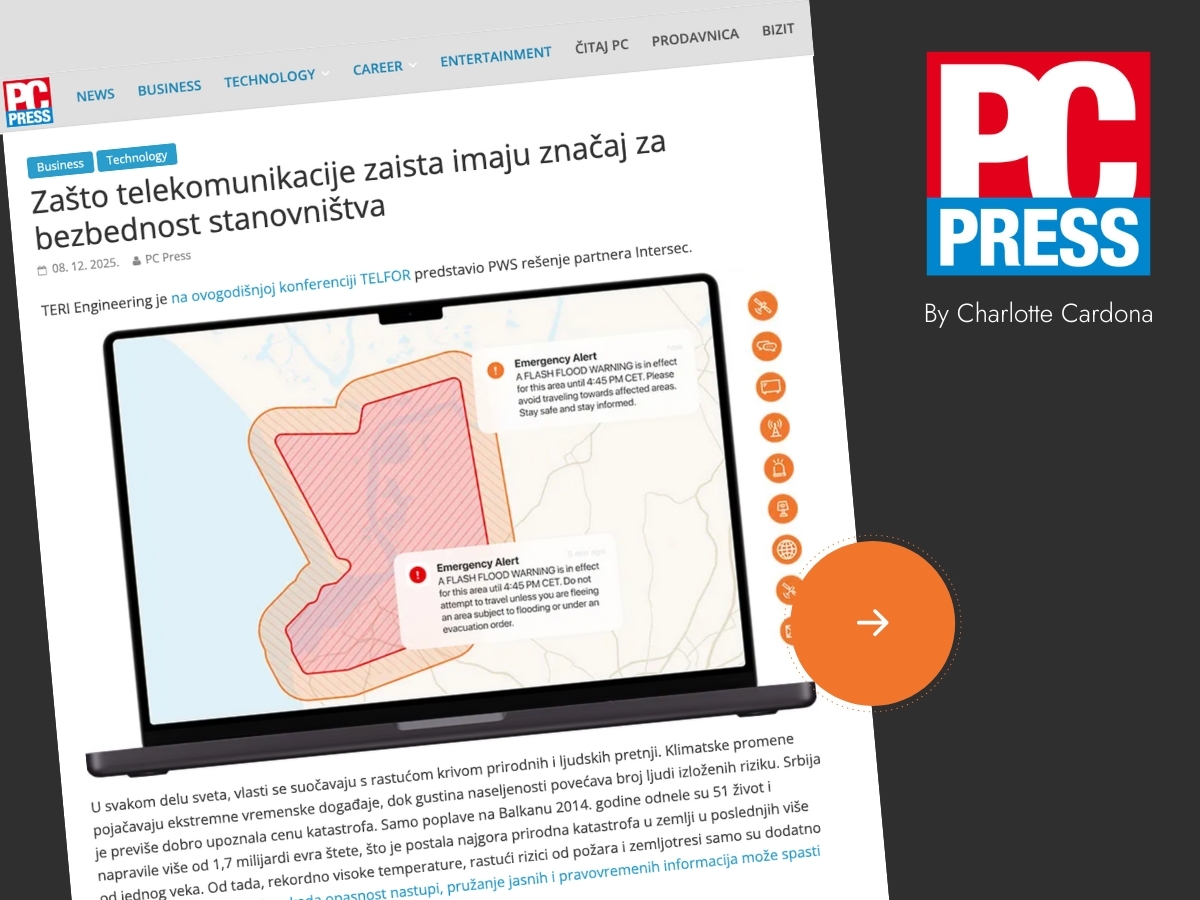


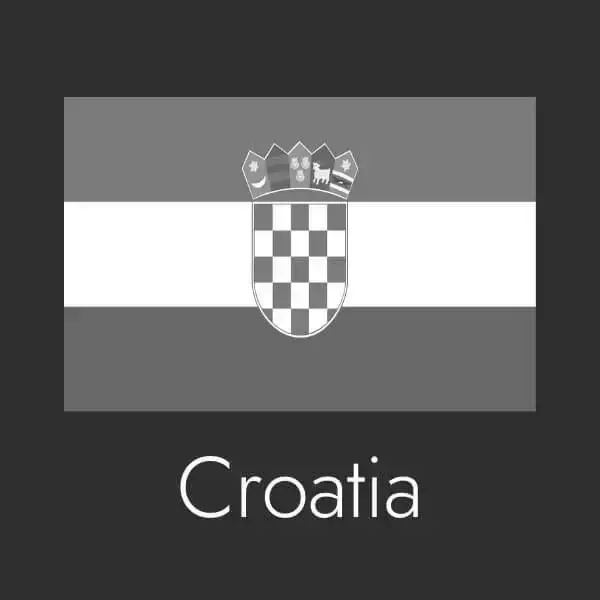

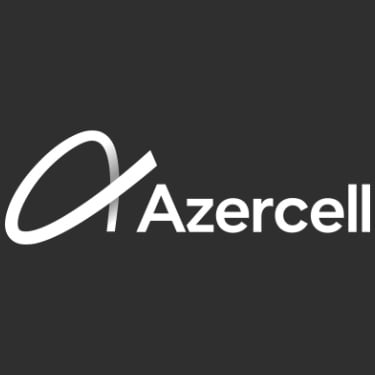

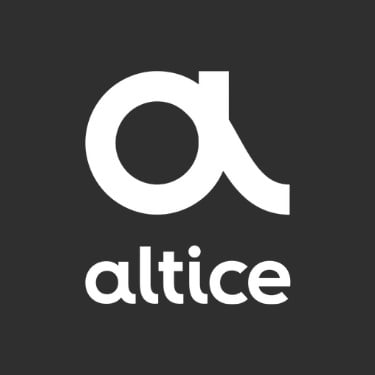
.webp)


.webp)

